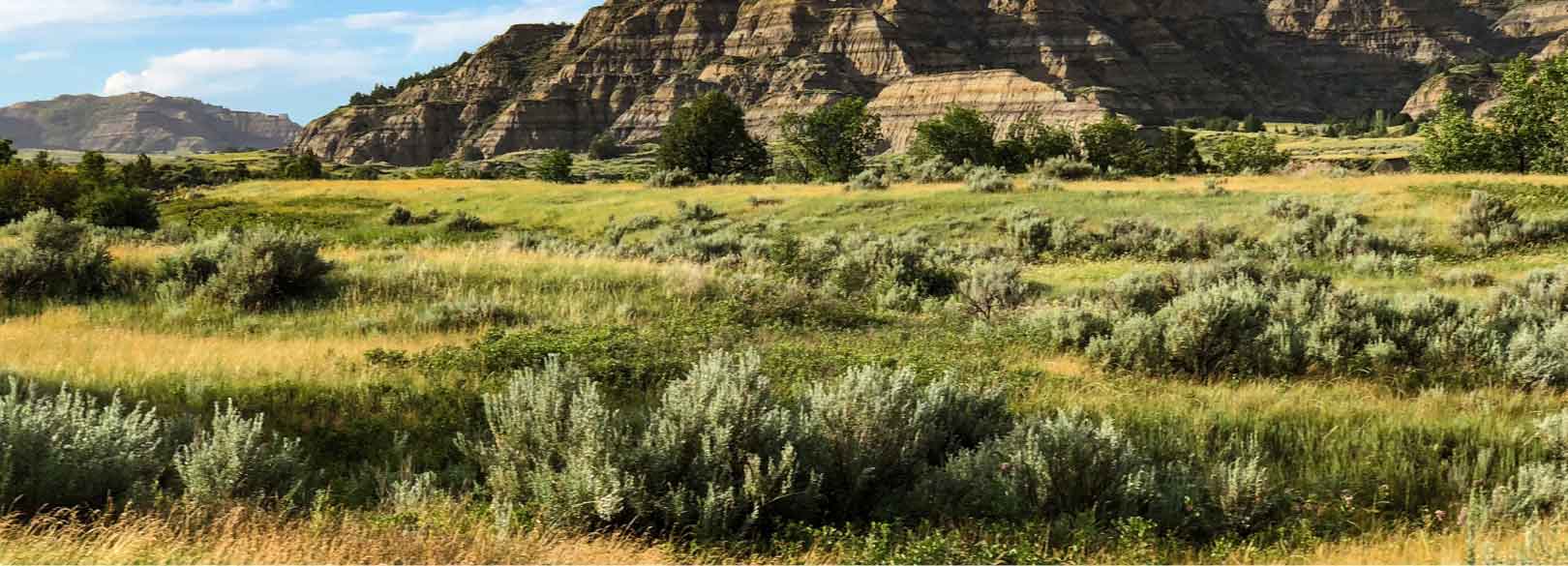Three-year reseeding project will use cattle grazing to restore ecosystem and protect wildlife.

As global demand for protein increases, farmers and ranchers, agribusinesses, restaurants and conservation organizations are coming together to feed a growing population, address climate change and protect the planet.
Cargill is teaming up with Burger King® restaurants, World Wildlife Fund (WWF) and ranchers within the Northern Great Plains for an ambitious grassland restoration program. Aimed at reseeding 8,000 acres of marginal cropland in Montana and South Dakota, the program will reinstate valuable grassland and ecosystems, with beef cattle acting as primary grazers.
By 2030, the project could cumulatively save the carbon equivalent of driving 70 million miles in a passenger car. It will also prevent soil erosion, increase soil water-storage capacity and encourage greater biodiversity in the area.
Climate benefits of reseeding grasslands and cattle grazing
Carbon sequestering
Native grasses, with roots 10 to 15 feet deep, pull carbon from the atmosphere and store it underground – supporting one of the world’s most stable carbon sinks.
Water conservation
These deep roots also secure the plants, prevent the topsoil from being blown or washed away and effectively pull water underground, supporting the resiliency of the grasslands during times of drought.
Healthy ecosystem
Cattle grazing can stimulate the growth of grasses and maintain a healthy ecosystem – just as the native bison once did. Cattle’s hooves break through hard ground, allowing more water to be absorbed into the soil, while their dung encourages grass growth. The restored grassland also provides a habitat for wildlife unique to the region.
Research
This project could change the way the world addresses beef farming – so the data we gather is vital. Employing the latest monitoring practices, we will evaluate changes in soil carbon and moisture, as well as the wildlife response. Carbon-measurement tools will also be explored and tested to continually evolve best practices.
Progress through partnerships
Cattle ranchers are at the forefront of this effort to develop a foundation for grassland ecosystem restoration. In partnership with WWF’s Sustainable Ranching Initiative, they are gaining the knowledge to implement sustainable cattle grazing practices after plants have taken root. With their commitment to sustainable land stewardship, the project will set in motion realistic, scalable environmental solutions for the entire industry.
